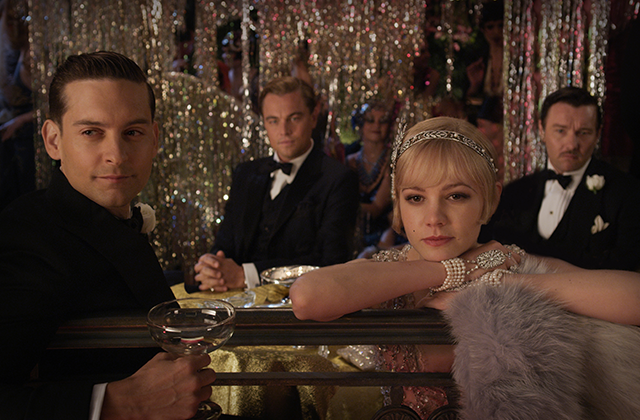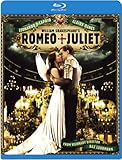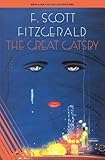The Great Gatsby is a bright, showy dance of the calm before the storm

‘The Great Gatsby’ is enjoyable, if a big long in parts and won’t likely win any awards, but it’s a good time.
Much has been said about the American Dream, about how anyone can come from anywhere and become anything. And although there are certainly plenty of cases where the Dream has been fulfilled, there are always those that have not. Hopefulness and optimism is no guarantee of success, but it can certainly help. Many periods during the course of American history had cynics and philosophers decry society and proclaim the end of that Dream. Probably since about the start. Sometimes a sad story sells better than a happy story, especially if you have several giant dance parties.
The Great Gatsby, from director Baz Luhrmann and based on the classic novel by F. Scott Fitzgerald, takes Luhrmann’s love of bombast, dancing, anachronistic music, and classic literature and throws it all at you at a rapid pace. The few slow bits are quickly forgotten when new scenes are introduced that proceed far more expediently. Tobey Maguire plays Nick, a man coming to New York to make his fortune and see his cousin Daisy (Carey Mulligan) who is married to the very rich Tom Buchanan (Joel Edgerton). Naturally, Tom has a mistress (Isla Fisher) that everyone except her husband knows about, while Daisy’s friend Jordan (Elizabeth Debicki) seems to be a potential romantic interest for Nick. But it all changes when we begin to look into the mysterious Gatsby (Leonardo DiCaprio), a man with a hidden past who lives in a mansion right near Nick and across the river from the Buchanans. Gatsby throws lavish, ridiculous parties constantly, showing off some highly impressive dance sequences and cinematography. When Nick is befriended by Gatsby, the story becomes about lost loves and romantic notions, the upward climb of Americans with the distant fear of destruction hovering above it all. This movie (like the book) takes place before the Wall Street crash of 1929 or World War II, and you wonder if Fitzgerald maybe saw it coming, the end of the overwhelming peace and prosperity.
This movie can be viewed in three main acts, each with its own strengths and weaknesses. The first and final acts are the most interesting and compelling, while the middle part drags a bit. Complaints about anachronistic music will find a bit of weight here, if pure verisimilitude is all you care about, but the choices near the start are always thematic and sometimes even subtle. But by the end of the movie, it’s really just a standard movie score, nothing memorable anymore. At times the movie seems pointless and the pacing a bit inconsistent, but the acting is nearly always excellent, although there’s an issue where sometimes the characters don’t talk quite right; meaning that their voice seems anachronistic with the time. Even so, the movie is enjoyable and once you get past the boring, slow part, the final act is truly tense and interesting. As someone who doesn’t really remember the book (I read it many years ago), I found the story to still be interesting and relatable, which means that sometimes adaptations can work even when separated by nearly 100 years from their source.
 CliqueClack
CliqueClack



